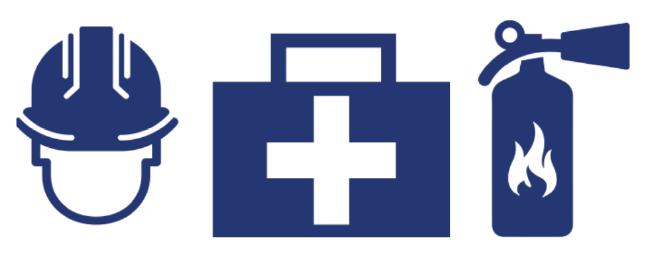Initiating Safety Research For Your Process Plant
Table of Contents

The golden advice #
In one my post where I outlined the list of to-dos for a graduate Process engineer, Jesus Arrieta gave a very meaningful comment regarding safety research for your particular process. This is especially important for two sets of people:
- Recent graduates who have just started a career in process industry
- Experienced engineers who have changed their job & the new process is entirely different from the old one
I am quoting original contents of the post at eng-tips which still is a golden advice for any trainee engineer
…some general pointers, no particular order:
- Bone up on the processes you’re responsible for; learn as much as you can re process chemistry, op conditions, etc.
- Study the PFD’s and P&ID’s. Walk the plant/area and notate the difference between design/as> -built/existing. You’ve got to know how your area is laid out.
- Get tight with production engineers and operators; they know the process like the back of their hands. Ask questions; why do they do what they do?
- Crawl around/inspect equipment during turnarounds.
- Spend time in the control room/bone up on the DCS. Learn what’s monitored and where. Get proficient at extracting process data.
- Get tight with maintenance/instrument tech folks; you’ll need sensors calibrated at some point.
- Get proficient doing mass and energy balances for every unit op in the area; you’ve got to be able to quantify operations and changes/options, etc.
- Locate/extract performance data/equipment specs for all equipment; you’ll need them for the M&E bals.
- Pay close attention to physical property data and models; without good/applicable data your sim runs are fantasy.
- Don’t neglect the little things; impurities/byproducts can cause headaches even in small amounts.
- Keep as current as you can with the technical literature. A good start is Chem Eng Progress, Hydrocarbon Processing and AIChE Journal. And of course whatever applies to your specific units.
- A zillion other things (or seems like it), safety,hazard analyses, environmental regs/permits; you’ll know it when it hits you in the face.
Hope this helps, at least it’s a start. Good luck.
John Boyd, PE
When I joined my first process industry (chlor-alkali) which by far isn’t very trivial technology I was exposed to many safety considerations an engineer have to be heedful of & in no way these considerations differentiate between junior or a senior engineer. From an experience perspective (& time is a great teacher) a senior is generally well equipped with 360° process & safety evaluation but what should a junior do!
I have collected following tools & have explained how to use them. These will help to bridge the inherent gap, time has developed between an experienced & an inexperienced process engineer:
Case-History Ebooks #
- What Went Wrong?: Case Studies of Process Plant Disasters by Trevor Kletz
- Chemical Process Safety Learning from Case Histories by Roy E. Sanders
Above books are a collection of accidents, plant disasters & various safety shortcomings that had occurred in chemical process industry during operation or were discovered at design level. It’s preferable that you buy electronic form of above mentioned books because it will make your research for process specific events very easy. Instead of going through all of the book one can search the whole book with just few keystrokes for technology specific words like in my case caustic, chlorine, hydrogen…etc.
Online Database of Plant Accidents #
The above database is one of the professional resource for comprehensive technical publication outlining event → incident summary → probable reasons → detailed improvement strategy. You can search the database while putting some mind to the keywords which should be a reflection of your process. Additionally a fresh graduate in safety department can go through 3 or 5 publications upon any accident just to familiarize with the methodology adopted to investigate & publish relevant findings.
Chemical & Material Compatibility Cross-Tables #
- Chemical & Material Compatibility Cross-Tables
- A tailored table for your process resembling this
During my trainee days whenever I was assigned to a particular unit I firstly collected following pieces of information:
- All the chemical species I am dealing with
- The phase of above chemical species existing in my process
- Lowest & highest concentrations | temperatures of above species in each phase
- The piping/equipment material above are in contact with
You will now be able to construct cross-tables via any spreadsheet program or you can develop a small Access | Sqlite database whichever you are fluent with. From the first x3 points you will develop Chemical compatibility table & from all the x4 points you will develop Material compatibility table. The former will tell you when you need a separator | barrier | dilution to keep your process safe e.g N₂ blanketing or purging. The latter will guide you in material selection for pipes, tanks, heat exchangers etc…
Where to go from here… #
If the human body is same so are its diseases & so are its medications. Logically if the machine (or technology) is same among various plants so must be the attached bugs! You may know the popular adage that we cannot change history but we can learn from it. The mentioned tools reinforces my above understanding though exceptions will always be there.
There exists specialized application like Honeywell Socrates which is highly expensive but if your company can buy the license it will cut your time in less than half while researching material compatibility & predicting time dependent decay of assets like storage tanks. I will encourage readers to add in comments any further application or resource that can aid process engineers in safety research.